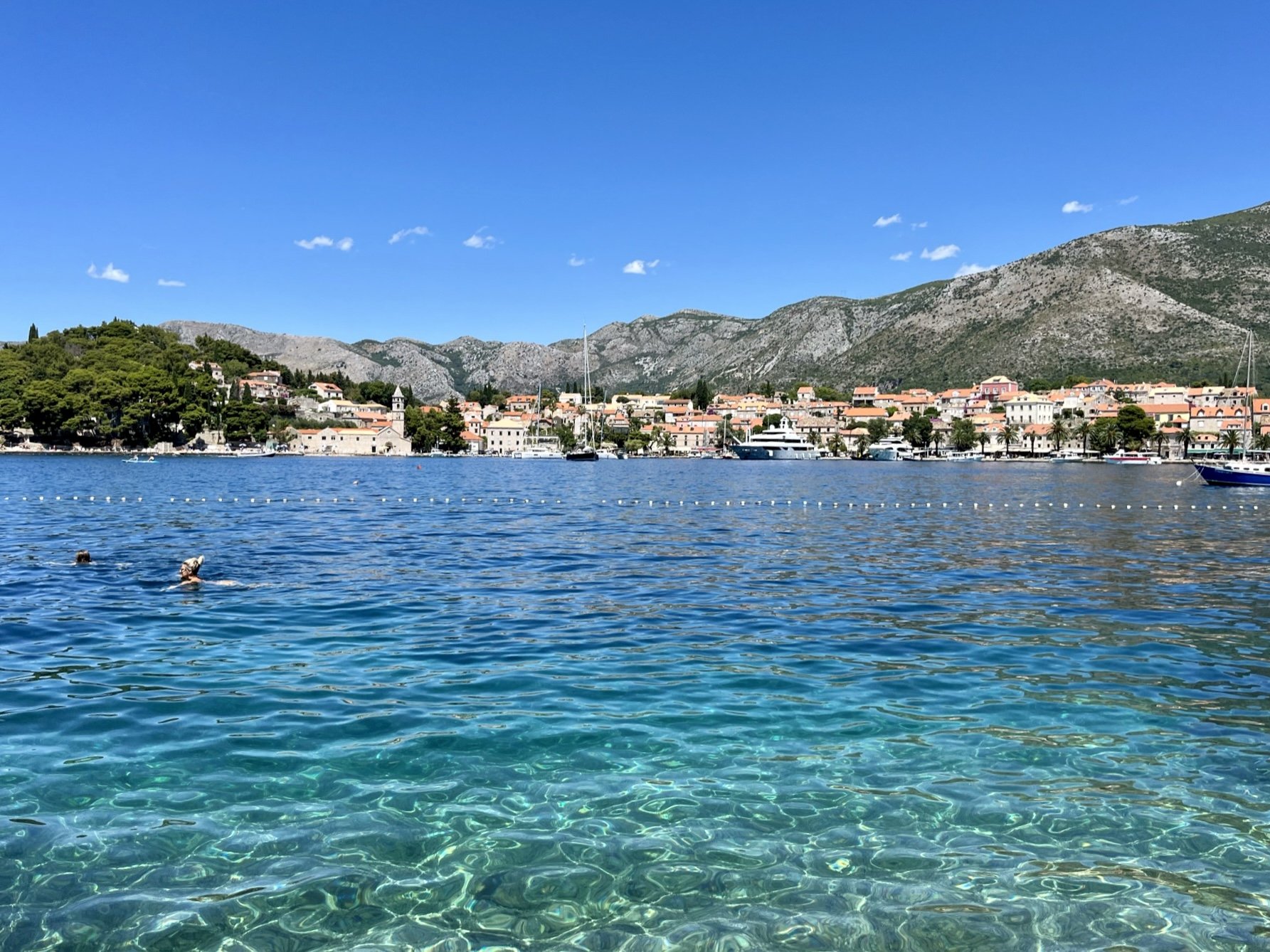Episode 122
Dobro jutro, igrači!
In this episode we’ve got something special for all you Croatian learners!
Podcast theather is combined with a quiz to a make our first official English and Croatian Kviz Show!
Get ready for some giggles, because laughing and learning a wonderful combination.
Lesson
beginning - početak
end - kraj
to meet - upoznati
rules - pravila
gain - dobiti
penalty - kazna
prize - nagrada
Super Slatko Report
In this edition of the Super Slatko Report, DJ Moe tells about another one of Croatia’s great minds. Who is Hrvoje Lukatela and what magical concepts did he devise? Join us and find out!
Let’s start with Hrvoje Lukatela and who he is and where he’s from. Lukatela was born in Croatia, he attended the university of Zagreb as a survey engineer from the department of Geodyssey.
What is geodyssey you say, Wikipedia says:
Geodesy is the science of measuring and representing the geometry, gravity, and spatial orientation of the Earth in temporally varying 3D.
And what does that mean? Geodesy is the science of accurately measuring and understanding the Earth's geometric shape, orientation in space, and gravity field.
Here’s a few practical applications of Geodesy that may help in understanding how its used today.
Engineering and Construction (e.g. roads, dams, airports and ports) relies on accurate positioning.
Physical sciences rely on accurate geospatial information, whether studying plate tectonics, hydrology, or more.
Lukatela moved to Canada in 1973 and worked for multiple companies and projects, including the Alaskan highway pipeline and consulted for the Shell company before working for himself in 1985.
In 1992 Lukatela discovered Point Nemo. Point Nemo is located approximately 2,688 kilometers (1,450 nautical miles) from the nearest landmass, making it the most remote and isolated place on the planet. Lukatela coded his own geospatial software that allowed him to pinpoint the exact coordinates of the farthest point from dry land by calculating the point that sits at the same distance from the three nearest coastlines. This is the most remote and isolated place on the planet. There is literally no one around within an area of 22 million square kilometers (8,5 million square miles), an area that’s around 35 times larger than France.
Point Nemo isn’t named after the Fish but after the submarine from 20,000 leagues under the sea. Nemo being the Latin word for no one, which is apt for such an isolated location. Point Nemo, also known as the “Oceanic Point of Inaccessibility”, lies at 48°52.6′ south latitude and 123°23.6′ west longitude.
The reason is it’s a super safe place to crash land safely, satellites and space debris that fall out of orbit are often guided here to avoid any potential harm to human populations. Something worth noting, having a place as large as Point Nemo is helpful when landing spacecraft and debris. These objects usually doesn’t land intact, generally they burn up on re-entry and break into thousands of pieces which can spread over hundreds or thousands of miles. Directing towards Point Nemo assures no humans will be around to get hurt.
A few mentions of Point Nemo space craft visitors:
European Space Agency Cargo ships
140+ Soyuz space craft
The Soviet era MIR space station
And in 2031 the ISS will make its way here as well, the International Space Station itself.
I just mentioned that no humans are hurt when these space craft reach Point Nemo. But what about the local marine life?
As I mentioned earlier, Nemo means no one, but in this location it also covers no marine life either. Point Nemo is a marine life dead zone for a couple of reasons.
being so far away from land there is no off shore run off to provide essential nutrients for marine life to thrive form, creating a massive oceanic desert.
Point Nemo is located centrally to the South Pacific Gyre.
What is an Oceanic Gyre? a gyre (/ˈdʒaɪər/) is any large system of circulating ocean surface currents, particularly those involved with large wind movements.
There are only 5 Oceanic Gyres in all the world, the South Pacific Gyres that sits in Point Nemo is one of the largest and due to its remote location one of the least sampled.
So much so that one of the largest plastic oceanic concentrations dubbed the South Pacific Garbage Patch was only discovered in 2016! (Thanks Wikipedia)
The consistent circulation of the South Pacific Gyre currents never allows any dust to settle to allow marine life to take hold and build any type is sustainable ecosystem.
This was such a fun research topic and I had a good time putting this all together for you all. Thanks again to listener Neven G. For this great suggestion. I will link a site that I used primarily for my Point Nemo information that is a great source to those who want to learn more.
And that’s it for the Super Slatko Report.






